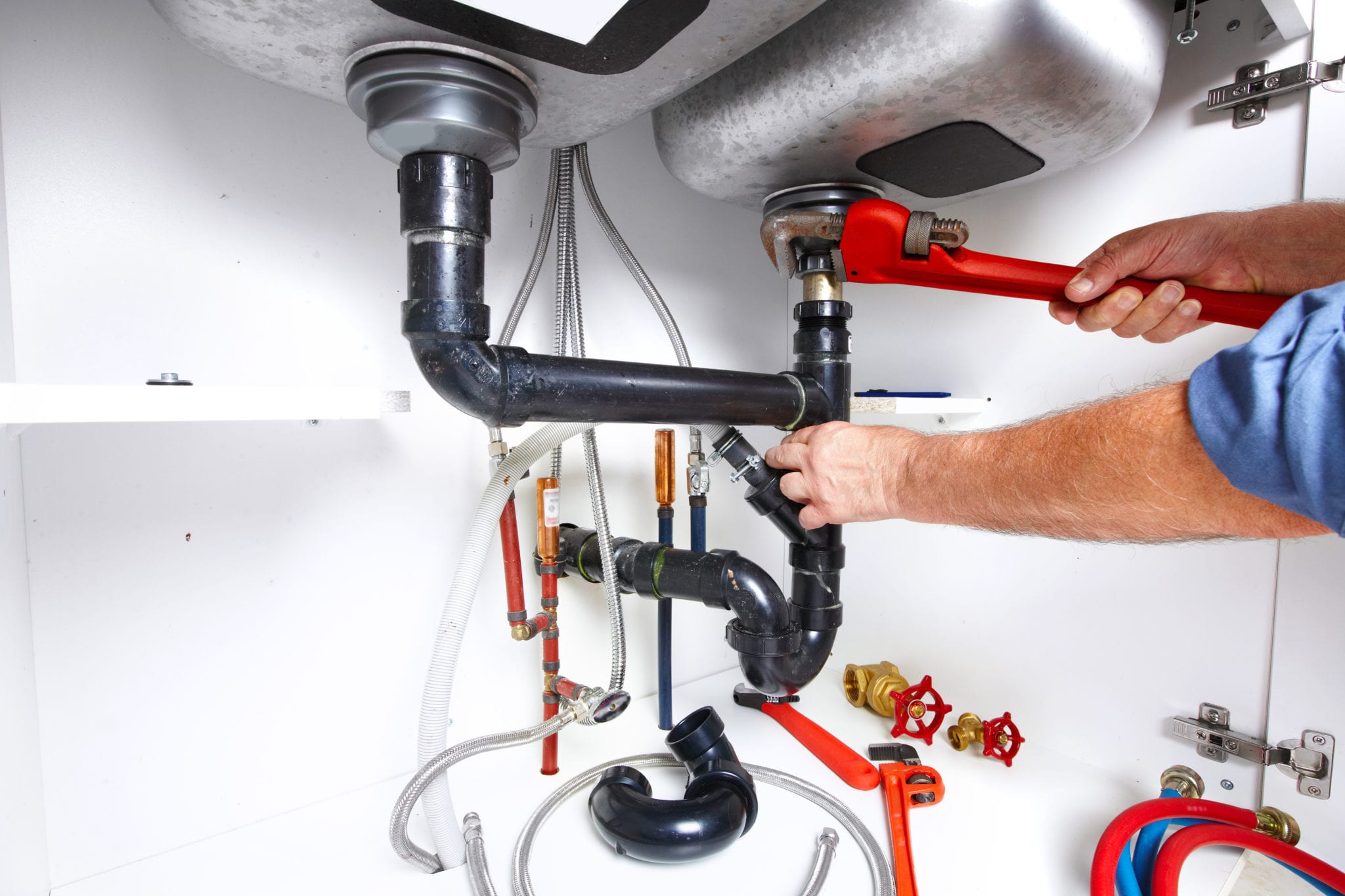How to Examine If Your House Has a Concealed Leak
How to Examine If Your House Has a Concealed Leak
Blog Article
Everybody seems to have their own opinion about Leaking water lines.

Early detection of dripping water lines can reduce a prospective catastrophe. Some small water leakages might not be noticeable.
1. Examine the Water Meter
Every house has a water meter. Checking it is a guaranteed way that assists you find leaks. For starters, turn off all the water sources. Ensure no one will flush, utilize the faucet, shower, run the washing device or dishwashing machine. From there, go to the meter as well as watch if it will change. Given that no person is utilizing it, there need to be no activities. If it relocates, that suggests a fast-moving leakage. Likewise, if you spot no changes, wait an hour or 2 and also check back again. This means you might have a slow-moving leak that could even be below ground.
2. Check Water Intake
If you identify unexpected changes, in spite of your consumption being the exact same, it implies that you have leaks in your plumbing system. A sudden spike in your costs suggests a fast-moving leakage.
At the same time, a consistent increase on a monthly basis, despite having the same behaviors, shows you have a slow-moving leak that's additionally slowly intensifying. Call a plumber to completely examine your residential property, particularly if you really feel a cozy area on your floor with piping below.
3. Do a Food Coloring Test
When it comes to water consumption, 30% comes from toilets. If the color somehow infiltrates your bowl during that time without flushing, there's a leak between the storage tank as well as dish.
4. Asses Outside Lines
Don't forget to examine your exterior water lines also. Must water leak out of the connection, you have a loose rubber gasket. One little leakage can lose heaps of water as well as surge your water bill.
5. Inspect and also Assess the Circumstance
Home owners must make it a practice to check under the sink counters and also even inside cabinets for any type of bad odor or mold development. These two red flags indicate a leakage so timely attention is required. Doing regular evaluations, also bi-annually, can conserve you from a major trouble.
A lot more notably, if you understand your home is currently old, keep a watchful eye on your heating systems, pipes, pipes and so on. Check for stainings and damaging as many pipelines and also appliances have a life span. They will additionally naturally wear away because of tear as well as wear. Don't wait for it to intensify if you suspect dripping water lines in your plumbing system. Call a professional plumber immediately so you do not end up with a horrible mess in your house.
Early discovery of dripping water lines can mitigate a prospective calamity. Some little water leaks may not be visible. Inspecting it is a proven way that helps you find leakages. One little leak can squander heaps of water and also spike your water bill.
If you think leaking water lines in your plumbing system, do not wait for it to rise.
WARNING SIGNS OF WATER LEAKAGE BEHIND THE WALL
PERSISTENT MUSTY ODORS
As water slowly drips from a leaky pipe inside the wall, flooring and sheetrock stay damp and develop an odor similar to wet cardboard. It generates a musty smell that can help you find hidden leaks.
MOLD IN UNUSUAL AREAS
Mold usually grows in wet areas like kitchens, baths and laundry rooms. If you spot the stuff on walls or baseboards in other rooms of the house, it’s a good indicator of undetected water leaks.
STAINS THAT GROW
When mold thrives around a leaky pipe, it sometimes takes hold on the inside surface of the affected wall. A growing stain on otherwise clean sheetrock is often your sign of a hidden plumbing problem.
PEELING OR BUBBLING WALLPAPER / PAINT
This clue is easy to miss in rooms that don’t get much use. When you see wallpaper separating along seams or paint bubbling or flaking off the wall, blame sheetrock that stays wet because of an undetected leak.
BUCKLED CEILINGS AND STAINED FLOORS
If ceilings or floors in bathrooms, kitchens or laundry areas develop structural problems, don’t rule out constant damp inside the walls. Wet sheetrock can affect adjacent framing, flooring and ceilings.
https://www.servicemasterbyzaba.com/blog/how-to-detect-water-leakage-in-walls/

I recently found that blog entry on Locating water leaks when doing a search on the search engines. Do you know about another individual who is serious about the niche? Do not hesitate to promote it. I am grateful for your time. Come back soon.
Report this page